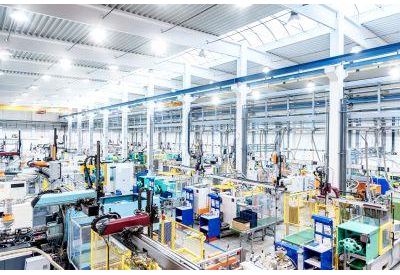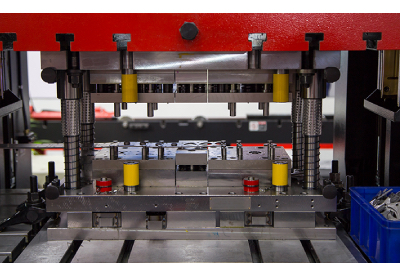Building Automation System Training (BAS) at George Brown College

April 7, 2022
The expansion of today’s concrete jungles is accelerating at an unprecedented pace and shows no sign of slowing any time soon. And while this expansion is necessary to accommodate a growing number of urban residents and workers, the systems that manage a building’s environmental controls have come a long way in terms of sophistication and performance. With each new building that is erected, a Building Automation System (BAS) is deployed to automate and monitor the building’s various environmental controls. Though many take these systems for granted, building automation systems are vital to living and working in comfort. A sophisticated building automation system can be used in buildings both new and old. Programming, installing, and monitoring of these systems requires a workforce with the skills necessary to ensure all components perform optimally with little to no downtime. The purpose of this article is to shed some light on what a BAS is, how it works, and why they are so important.
Main Components of a BAS
Buildings, even those destined to never receive architectural or design recognition, rely on building automation systems to facilitate the automation of several environmental building systems (primarily heating, ventilation, and air conditioning). While a modern BAS functioning correctly is one that often goes unnoticed by the occupants, technicians can access the BAS interface in order to configure settings, monitor the status of the system, and conduct preventative maintenance. Let’s look at the main automation components of a BAS a technician may encounter.
Sensors
Not surprisingly, sensors are used throughout the system to track and monitor the internal environmental conditions located within a given area. Everything from ambient temperature and humidity to light level and motion is monitored and the information is sent in real-time to centralized controllers.
Controllers
Once the information is collected from the sensors, the system controllers use the data and send On/Off commands to the heating and cooling systems, lighting systems and any other integrated system that requires adjustment.
Output Devices
If the controller is the component that issues the command, the output devices are the components that action them. In a BAS, these can be switches or actuators used to increase the temperature or illuminate spaces that are occupied or lower the temperature and dim the lights in those that aren’t.
Communication
All the devices that make up BAS must be able to communicate and understand the rest. For that reason, building automation systems use specific “languages” such as BACnet or Modbus to facilitate communications throughout the system.
Interface
Operationally, a BAS is for all intents and purposes an automated system, but a user interface is still required so that maintenance and control personnel can monitor system settings and make changes to the configuration as required.
Functions of a Building Automation System
There are two primary functions of a BAS: data collection and system monitoring. As alluded to above, a BAS relies on a large number of varying types of sensors to collect and transmit data. This data allows the controller to determine what adjustments need to be made, if any, to the environmental systems in order to maintain a desired level of efficiency and comfort.
Though the type of data collected may vary depending on the building, it goes without saying that temperature and air quality are among the most common metrics that are tracked continuously. As for system monitoring, the goal is to ensure the aggregate heating, cooling, ventilation, and lighting systems are operating optimally. Having said that, a BAS is also required to monitor the system on a more granular level, ensuring individual components are working correctly within the system.
Environmental Benefits to BAS
Even those without a great degree of experience working with automation systems can come to the conclusion that employing a BAS within a space where hundreds or thousands of people live or work could have a significant environmental impact. For example, a system that can self-regulate based on changing conditions with little to no human intervention will undoubtedly have a lower power consumption than a building without a BAS. In fact, some buildings can reduce energy consumption by nearly 30%.
Systems can be configured to operate during times of the day where humans are present and remain idle when no one is around. Even a system with a rigid threshold, however, has its limitations. Taking things one step further, a BAS that is integrated with machine learning technology can adapt to human behaviors, further refining the efficiency of the overall system.
Significant Opportunities Today and Tomorrow
BAS are designed to automate and monitor a building’s environmental controls, which are vital when keeping individuals comfortable in both commercial and residential spaces. There are few careers indeed that offer security and growth quite like an automation technician. Building automation systems will always be needed – and while some of the components may change as new technologies emerge, there will always be a need for those who can program and install them.
If you are curious about automation and want to succeed in the field of high-tech manufacturing, check out George Brown’s Automation Technician Program today.




